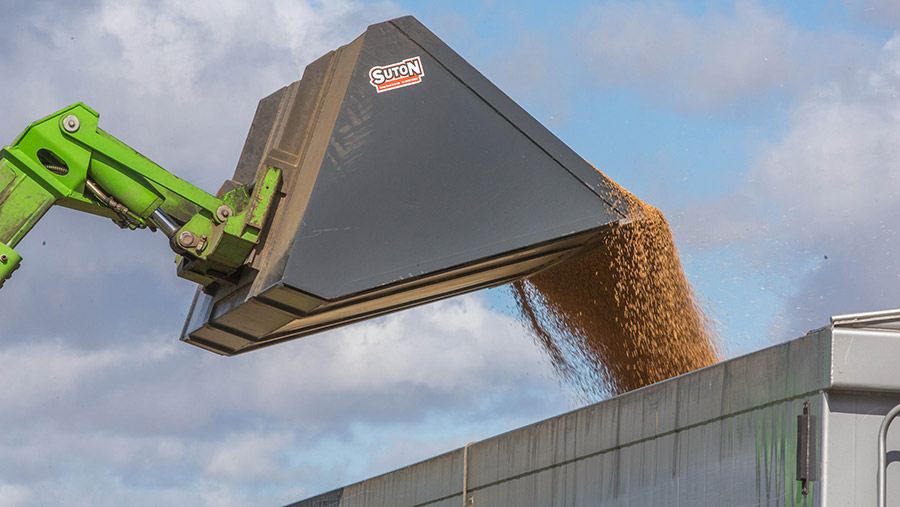Trading risks grow as working capital demands rise
 © Tim Scrivener
© Tim Scrivener The trading risks associated with the rapid rise in commodity prices are increasing, as businesses of all types look to banks for higher borrowing limits.
Margin calls to support futures positions are taking a heavy toll on cashflows in the merchant trade.
These require additional cash to be paid to a futures account to cover losses when the market moves against your position.
Some grain buyers have been unwilling to give new-crop prices because of the volatility risk, or because of their inability to be sure of being able to gain access to working capital to fund the trade.
See also: How does tax averaging work for farmers?
Aside from the vastly increased commodity prices of the past three weeks, on top of relatively high levels prior to that, freight and haulage costs have risen dramatically, and the disruption to some supply chains caused by the Russian action in Ukraine has complicated logistics.
Watch for late payment
All of this is pressuring the businesses that buy from and supply to farmers. Those concerned about payment need to watch for any changes in the way their customers work, such as late payments or excuses, warn consultants.
While a grower who has a good relationship with a grain buyer might be able to arrange early payment at, say, 14 days instead of waiting the usual 28 days after collection, the same merchant would be highly unlikely to take such a risk with a new farmer-supplier, said one national grain buyer.
Requests for early payment would also add to stress on the buyer’s cashflow.
At Cefetra, farm grain origination manager Simon Wilcox said the extreme volatility made it a challenging time to be a grain merchant.
“We continue to offer prices for all commodities (both old- and new-crop), but prices need to be agreed at the time the contract is agreed on the phone,” he said.
As well as carefully researching the security of their buyer, farmers could reduce risk by spreading their contracts over several months so that they were not dependent on a big sum arriving in one month, suggested Mr Wilcox.
He said there was very little uncommitted old-crop grain left on farm, with some big sales having been made early this week.
New-crop sales
On new-crop feed wheat, he estimated growers had sold between 10% and 30% of the 2022 harvest, a slightly higher proportion than has been the case in recent years, although all were cautious about overselling, especially at these elevated prices.
Mark Aitchison, Frontier Agriculture managing director, said the risk in the market had increased dramatically, putting significant pressure on traders’ working capital.
Aside from checking the accounts and, in particular, the balance sheets of prospective buyers, he suggested considering the range of outlets a customer had, and whether a business was investing.
“One way of mitigating risk would be to sell into the spot market instead of selling a long way out,” he said. That way, although the best potential price may not be achieved, the risk would be short term.
At Tyneside co-op GrainCo, managing director Gary Bright reiterated caution on trading partners: “The current market movements will test all companies, large and small, as cashflows get stretched with margin calls and increased prices,” he said.
“We are well resourced and supported and have 65% cash to fixed assets and no pension to worry about – other companies may have on first look a strong balance sheet, but the first look does not always tell the full story.”
Mr Bright gave as an example of this the Alexander Inglis & Son grain business, now in administration, whose accounts had shown an apparently strong balance sheet.
Supply risk
As well as the security of trading partners that buy from and sell to farmers, there are concerns over whether contracted goods and services will be delivered, as supply chains are disrupted and the risk of force majeure is present.
